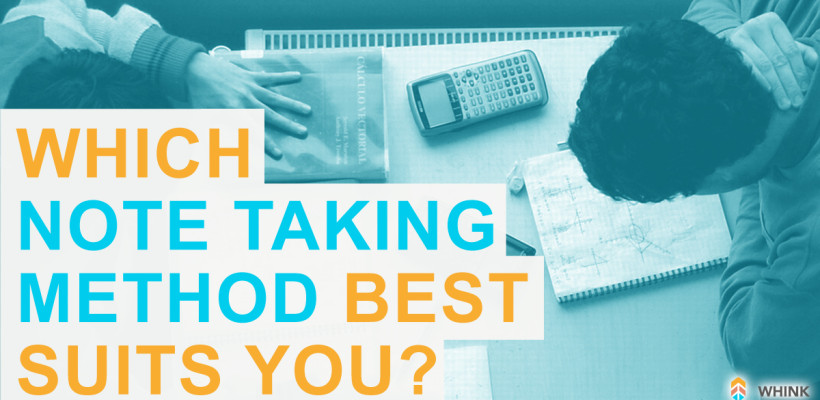
Proper note taking takes practice and finding the right note taking method can be quite overwhelming. We’d like to make things easier so we researched the different topnotch note taking strategies, along with their examples, perks and downsides and what note taking technique suits a subject and how can you study your notes from there methods. Find out which note taking strategy suits you best.
1. Outline Method
The oldest, most popular note taking method, outlining involves writing topics and sub-topics in structured, indented fashion. Use spacing, bullet points, numberings, dashes and more to add detailed points to your notes.
Here’s a sample:
Easy to Use When:
- You type notes, instead of handwriting them.
- An outline of the subject is already provided before class.
- Enough time is provided to structure your notes.
Advantage:
- Extremely organized notes.
- It clearly states the hierarchy and relationship of contents.
- Easy to identify the main points of information
- Easy to review.
Disadvantage:
- Not recommended for fast-paced lectures.
- You can’t add/amend notes if your space is already limited.
- You’d have to rewrite your notes if you want it be more organized.
Best for subjects like:
- Social Studies
- Literature
Quick way on how to study your outlined notes:
- Look at how the hierarchy of the notes and their relationship with one another.
- Highlight cue keywords to jog your memory.
- Add details that you weren’t able to include in the original outline.
- Write a summary of your outlined notes to better understand them.
- Rewrite your notes to make it clearer and to aid with recall.
2. Cornell Method
One of the most effective note taking methods, the Cornell Method allows you to just review your notes with less hassle of rewriting them. It provides you a space to review and ask questions about the lecture and to make a summary of your notes, making you understand the subject better.
Here’s a sample:
Easy to Use When:
- You either handwrite or type notes, either way is fine
- You’re writing horizontally, so there’s more space for the 3 different sections.
Advantage:
- Extremely organized notes
- Simple and efficient way of studying and recalling data.
- Saves you more time as you don’t need to rewrite notes.
Disadvantage:
You need more space for the 3 sections. Other than that, there’s none really.
Best for subjects like:
Any subject!
Quick way on how to study your cornell notes:
- Read your notes in the note taking section. Highlight, add, amend your notes while they’re still fresh in your mind.
- Now go to the cue section and write down keywords or questions based on the information you wrote on the note taking section.
- Then after doing this, cover up the note taking section and try to answer the questions on the cue section. No peeking on the note taking section!
- Now take a look at the note taking section and see if you’ve got the answer right. Reformat the notes by adding, expanding or highlight more data.
- And finally, summarize the main points at the bottom section.
3. Mind Mapping Method
Mind mapping notes is basically a graphic representation of ideas in a non-linear form. You write a major topic then add sub-topics by branching it out visually on your notes.
Here’s a sample:
Easy to Use When:
- Handwriting notes
- An outline of the subject is already provided before class.
- Brainstorming for ideas
Advantage:
- Easier to recall visual notes.
- Easy to edit notes by color coding, marking, etc.
- Quickly identify key concepts and connections.
Disadvantage:
- Can’t write down huge amounts of data
- Can be confusing and hard to follow
- You’d have to rewrite your notes if you want it clearer and more organized.
Best for subjects like:
Fine Arts
Literature
Quick way on how to study your mind map notes:
MInd mapping is usually used for generating concepts in a creative fashion. It’s great for brainstorming ideas for essay topics, thesis dissertations, blog articles and creative related subjects.
It is highly recommended that you still do a more comprehensive note taking method then, use mind mapping for studying and memorizing your notes. So you basically review your notes first then get a blank page for mind mapping. Start with the key idea then eventually branch out sub-ideas and write keywords underneath it.
Mind mapping notes can be great for memorization and recall, helping you remember key information in a radial form.
4. Flow-Based Method
This is the complete opposite of the common hierarchical method of note taking. In a flow based note taking method, you are more encouraged to listen more and just writing down key concepts of the lecture, in your own words.
The goal of flow-based note taking is quicker and faster learning. It’s aim is for you to learn and absorb information while listening to the lecture, minimizing reviewing, studying and rewriting your notes afterwards. So it saves you time and you focus primarily on learning and understanding your lessons right on the class.
It’s like mind mapping and using diagrams, metaphors, etc but less hierarchical. You just basically write down key ideas in your own words, not just writing directly words that you just heard and add notes and connect them as you go along the lecture.
Here’s a sample:
Easy to Use When:
- Handwriting notes while recording audio
- An outline/ texbook of the subject is already provided before class.
Advantage:
- Easier to recall visual notes.
- Easy to edit notes by color coding, marking, etc.
- Quickly identify key concepts and connections.
Disadvantage:
- Hard to relearn materials based on your notes, especially if you’re confused during class
- Can be confusing and hard to follow
- You’d have to rewrite your notes if you want it more comprehensive and more organized.
Best for subjects like:
- Short online courses
- Easier subjects
- Holistic learning
- Meetings
Quick way on how to study your flow-based notes:
Remember that flow-based learning is more focused on learning quicker and absorbing the lessons better rather than studying your notes after. If you want to study your flow-based notes, try rewriting them so in that way, learning will be reinforced and no matter how you word the subject, the key concept is still retained, making recall better.
We recommend that you try out flow-based note taking in subjects that are easier to comprehend in class or try it on a short online course.
5. Charting Method
A charting method is great for taking down notes that can be broken down into categories such as date, event, impact, similarities, pros/ cons, etc. This method is highly effective for subjects that have clear lecture formats and where you need to memorize a lot of information.
Here’s a sample:
Easy to Use When:
- Handwriting or typing notes in a paper with column
- An outline/ texbook of the subject is already provided before class.
Advantage:
- Reduces the amount of writing as you only have take down relevant data
- Easier to review your notes arranged in a row and column of information
Disadvantage:
- Must have a table drawn already prior to the lecture
- You must have an outline of the subject matter before the lecture begins
Best for subjects like:
- History
- Science
- Math
Quick way on how to study your charted notes:
Since the organization of information is pretty clear-cut in this method, studying your notes just needs reinforcement and constant reading, reviewing and even reading out loud, so as to aid in memorization.
Starting chronologically or in a hierarchical manner is best for charted notes, which is easy to do since the data is already presented in such a manner. It’s now only a matter of repetition and using other methods such as flash cards to help you remember your notes.
There are other several methods for note taking, such as sentence method, write on the slides method, split page method, etc. but so far , these are the most popular note taking strategies among students.
You can pick one or two or even three note taking methods and mix them up when needed and see which one works best for you.
Sources:
http://www.redlands.edu/docs/Academics/1Five_Methods_of_Notetaking_2015.pdf
https://www.youtube.com/watch?v=AffuwyJZTQQ
http://owll.massey.ac.nz/study-skills/note-taking-methods.php
http://www.sas.calpoly.edu/asc/ssl/notetakingsystems.html#outline
http://www.humanities.manchester.ac.uk/studyskills/essentials/note-taking/different_models.html
http://blc.uc.iupui.edu/Academic-Enrichment/Study-Skills/Note-Taking-Strategies/Mind-Map-method
http://www.discoverbusiness.us/learning/
http://www.asianefficiency.com/technology/10-ways-mind-maps-over-text-notes/
http://classroom.synonym.com/notes-using-charting-method-5150.html
Download Whink here
Like us on Facebook
Follow us on Twitter
Watch us on Youtube

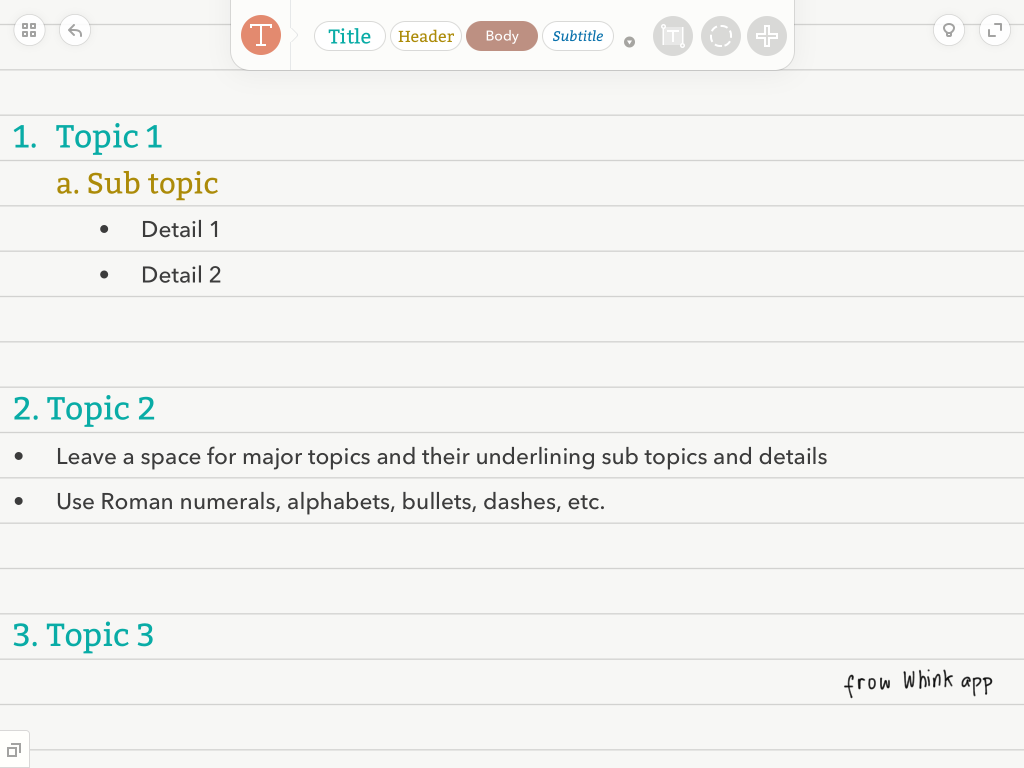
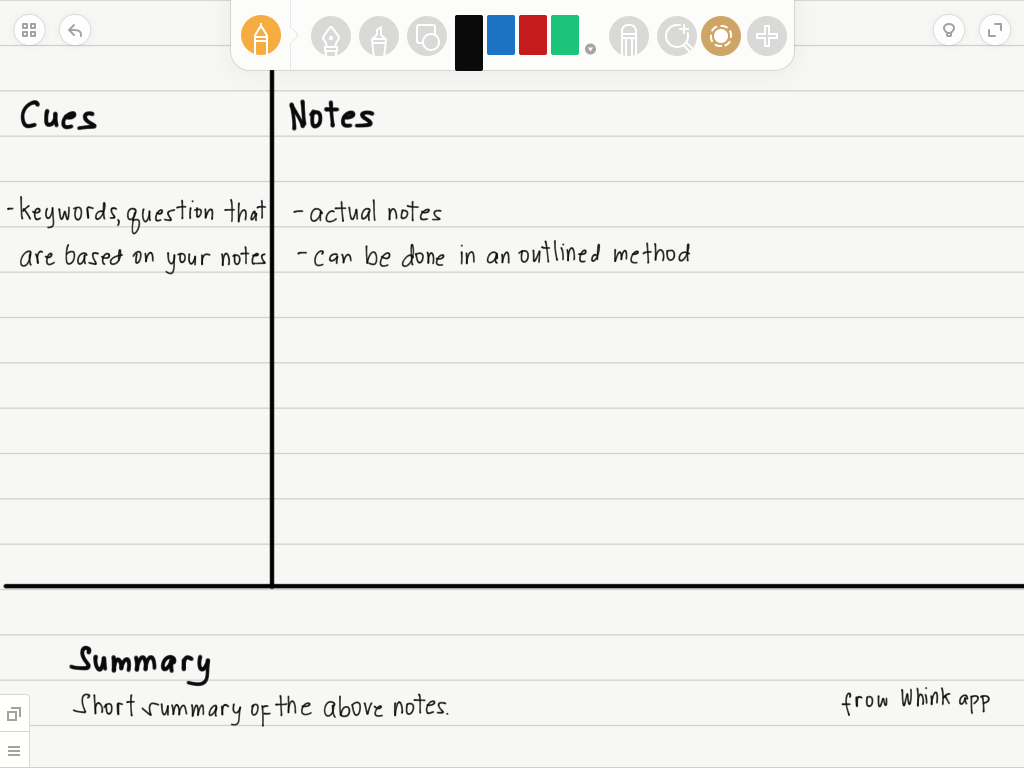
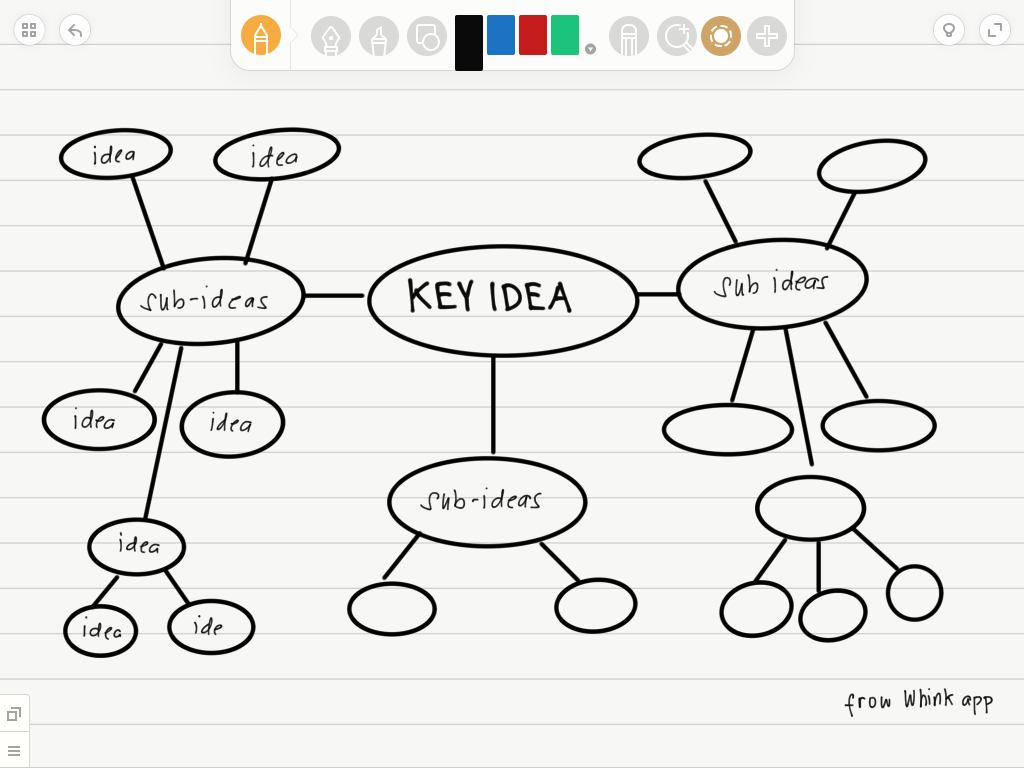
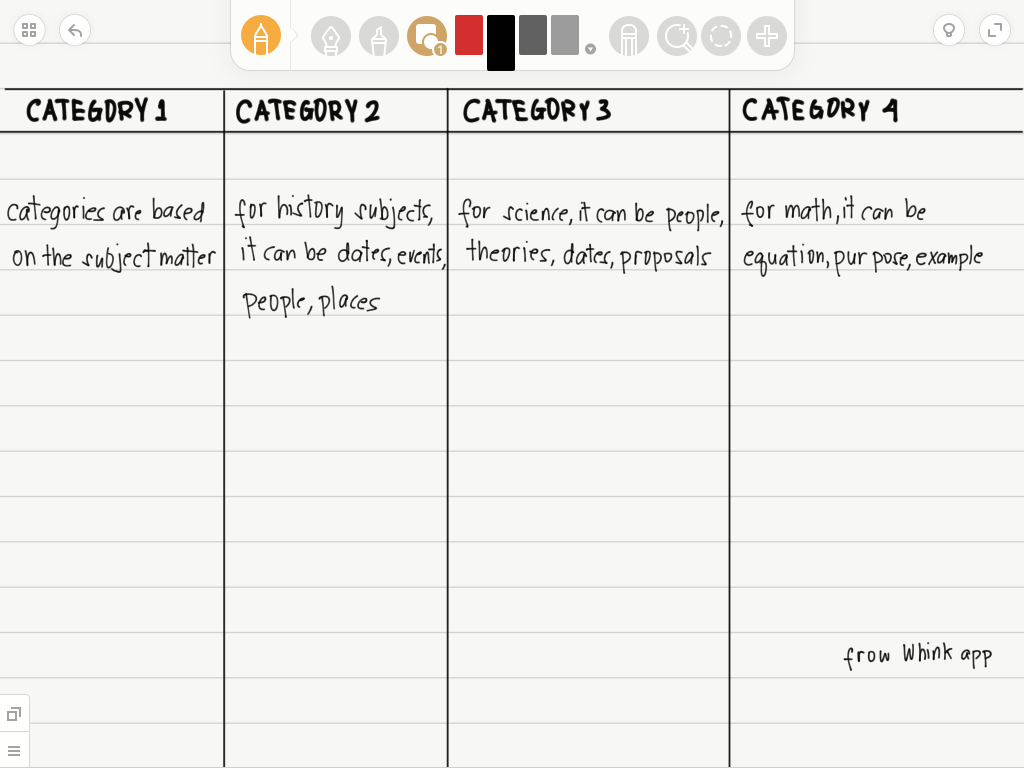
[…] covered the skeleton basics of the Cornell Note Taking Method in our previous post but this time, we’d like to point out techniques on how to use this […]